Is Prayer Plant Toxic to Cats?
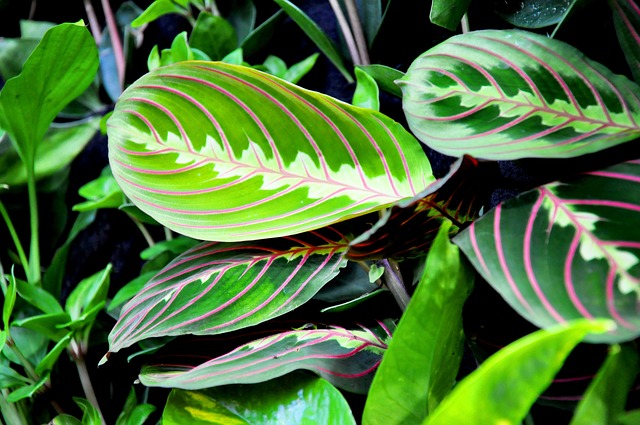
Worried sick about your fur baby's safety around the prayer plant?
We've all been there, frantically googling "is prayer plant toxic to cats?" while our hearts race and our palms sweat.
The thought of our beloved feline friend suffering because of our innocent houseplant terrifies us.
But fear not, in this I Care for Cats guide, I will reveal all you need to know to keep your kitty safe and sound.
Brace yourself for a purrfect solution. 😺
Let's dive in!
Is Prayer Plant Toxic to Cats?
Prayer plants may appear toxic to cats due to their compounds, but they are actually non-toxic. Even if cats taste them, there is no need to worry as they won't be harmed. However, you ought to keep an eye on children around these plants.
I'm here to tell you that prayer plants might look toxic to cats. But don't worry!
Let me assure you right away that they are actually non-toxic to our feline friends, as well as other animals.
Despite their appearance and compounds like insoluble calcium oxalates, these plants won't harm your kitty. How wonderful is that?
Even if your cat decides to take a little taste, there's no need to fret.
They will be absolutely fine.
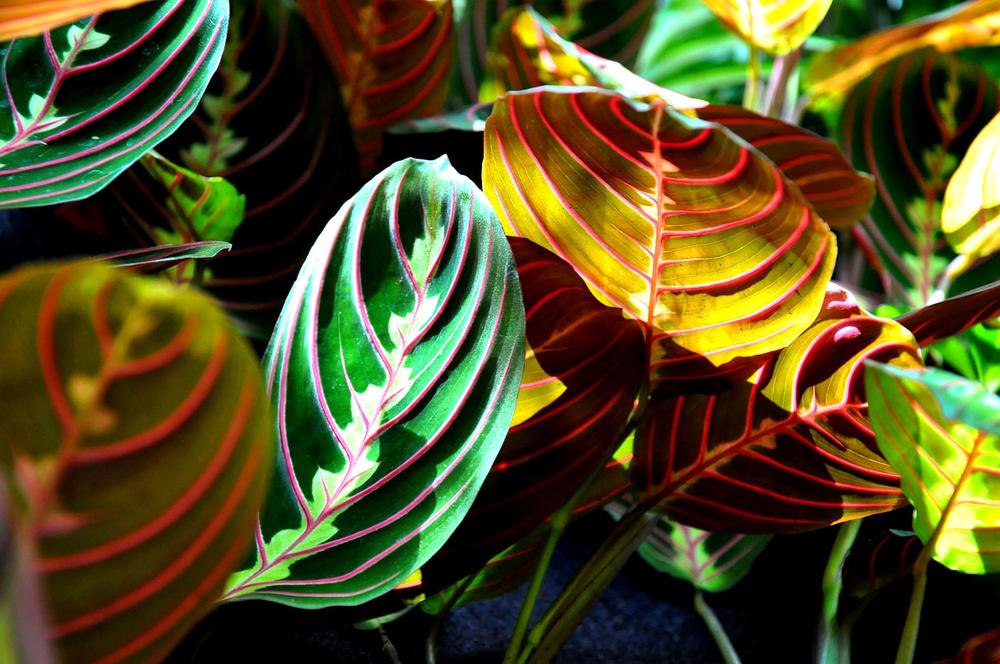
No harm done at all.
However...
While prayer plants are safe for cats, you ought to keep an eye on your children around these leafy wonders. The red veins might make them think it could be dangerous. But rest assured, prayer plants don't contain anything harmful or toxic inside.
But what if you're considering bringing a dracaena plant into your home? If you want to ensure the safety of your beloved feline companion, I highly recommend checking out my article, Is Dracaena Toxic to Cats.
In this informative guide, you'll find all the answers you're looking for regarding whether or not dracaena plants are harmful to cats.
It's always better to have all the information before making any decisions, and your furry friend will thank you for it!
What Varieties of Prayer Plant Is Safe for Cats?
No need to worry about specific prayer plants harming your cat.
Different varieties of red, lemon, olive green, green, and kim are all safe.
These plants have cool colors and patterns with interesting veins.
Your cat can enjoy their beauty without any risk.
The prayer plant, also known as Maranta leuconeura, is cat-friendly.
It's also called Cathedral Windows, Herringbone Plant, or Rabbit Tracks.
Great news for both plant enthusiasts and cat lovers.
You don't have to choose between a beautiful plant and keeping your cat safe.

Burro's Tail succulents are safe too, but they need direct sunlight.
Put them where they can soak up plenty of sunrays.
Old World Orchids are safe, but they might smell bad to your pets.
Consult the ASPCA's toxic plant list before adding new plants to your home.
Double-checking never hurts when it comes to your cat's territory.
In summary, the prayer plant is visually appealing and safe for cats.
Enjoy these lovely plants while keeping your furry friend away from harm.
But how do you actually keep your curious feline away from these beautiful prayer plants?
I'm here to share some expert tips and tricks on creating a cat-proof environment for both your beloved pet and your cherished greenery...
How Do I Keep My Cat Safe From Prayer Plant Toxicity
Here's how you can make sure your cat stays safe around prayer plants:
- Put those prayer plants up high or in rooms where kitties can't get to them.
- Keep the plants out of reach so that fluffy doesn't even have a chance.
- If you have an indoor cat, maybe skip bringing prayer plants home altogether.
- Hang 'em up in pots to keep them protected from mischievous paws.
- Cover the soil with pebbles so that cats don't even want to approach.
- Stick some orange peels near the plants as a way to discourage curious cats.
- Set up fishing pole toys to divert their attention away from the plants.
- Use barriers to create no-go zones for your feline friend around the plants.
- Make sure your cat can't access the prayer plants at all - safety first!
- Don't position Banana Leaf plants near cat trees unless you want them scratched up.
Keeping your fur baby safe should always be your top priority! 😺
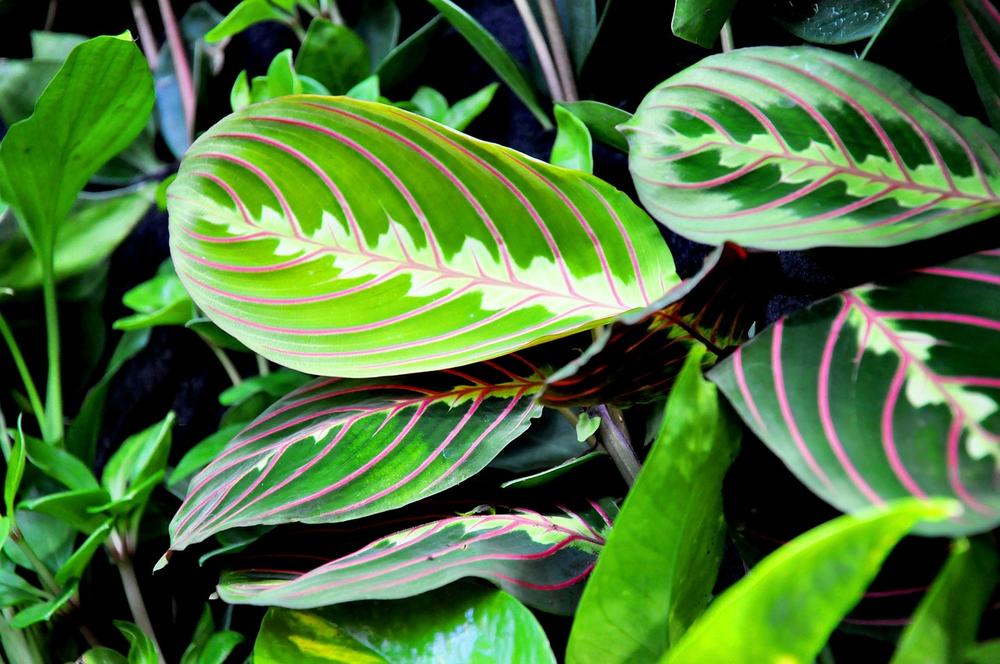
But here's something you might not know - prayer plants can also pose a threat to curious cats.
Stay tuned to discover the specific risks and symptoms associated with prayer plant toxicity in cats, as well as essential steps to take if your feline friend ingests any part of this intriguing foliage...
What Are the Symptoms of Prayer Plant Toxicity in Cats
What are the symptoms of prayer plant toxicity in cats?
I'm glad you asked.
Let's get straight to it:
- Vomiting: Cats may experience frequent vomiting after ingesting parts of a prayer plant.
- Drooling: Excessive drooling is another common symptom of prayer plant toxicity in cats.
- Difficulty swallowing: If your cat is having trouble swallowing, it could be a sign of prayer plant toxicity.
- Pawing at the mouth: Cats may paw at their mouths and show signs of discomfort or irritation.
- Gastrointestinal distress: This includes symptoms like stomach pain, bloating, and diarrhea.
- Kidney failure: In severe cases, prayer plant toxicity can lead to kidney failure, requiring immediate veterinary attention.
But wait, there's more.
You must know that prayer plants aren't the only plant toxic to cats.
Another plant called Nandina domestica (Sacred Bamboo) can also pose a risk.
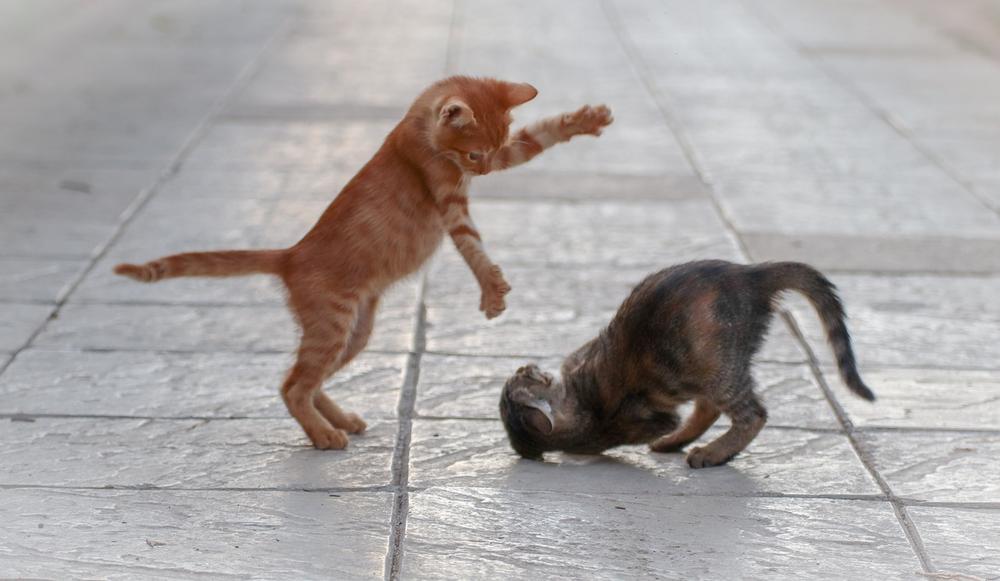
If your cat displays signs of mouth irritation, burning, excessive drooling, vomiting, or difficulty swallowing after consuming a similar-looking plant, don't hesitate to contact a veterinarian promptly.
Taking quick action can make all the difference when it comes to ensuring your fur baby's health and well-being. 👍
And guess what, there's even more valuable information that I want to share with you.
If you're concerned about your cat's health and noticing a dry nose, I highly recommend checking out my comprehensive guide on why does my cat have a dry nose.
You'll find all the answers you're looking for, along with helpful advice on how to alleviate any discomfort.
Take a moment to read it now and ensure your fur baby's well-being.
Why Does My Cat Have a Dry Nose.
Identifying Poisonous Symptoms and Toxic Parts of Prayer Plant
The Prayer Plant is a beautiful and colorful foliage that adds charm to any space, but it comes with risks. Be cautious if you have pets, especially cats. All parts of the Prayer Plant, including leaves, stems, and sap, are poisonous for our feline friends.
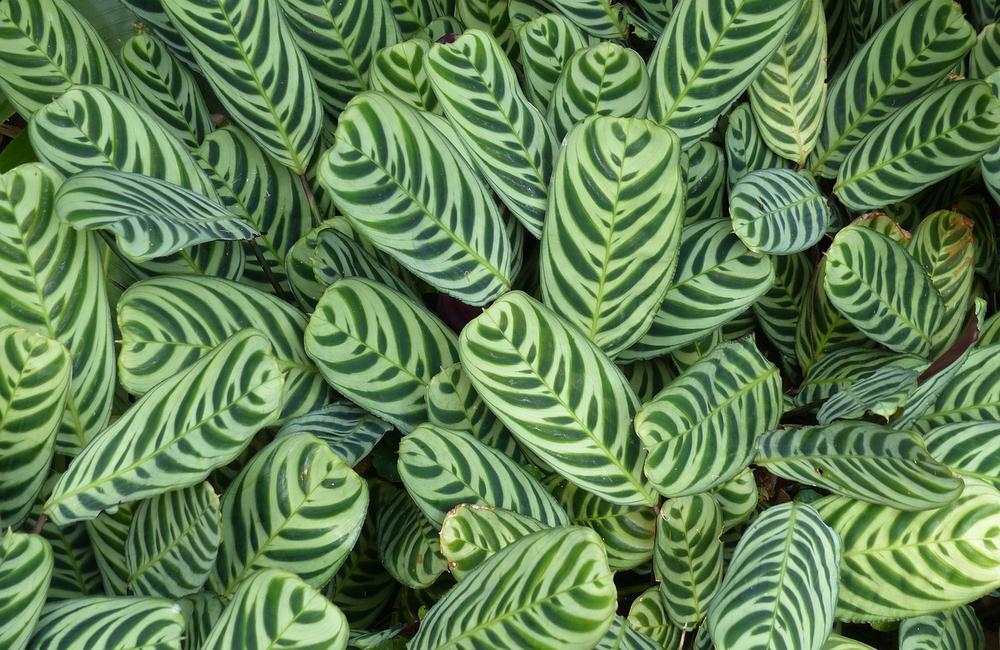
There's a presence of insoluble calcium oxalates in this plant.
If cats ingest the Prayer Plant, they may experience discomfort like mouth and throat irritation, vomiting, and difficulty swallowing. These hazards can have severe repercussions, including drooling, seizures, and even fatality.
While humans might face digestive issues from consuming large quantities of the Prayer Plant, it's better to avoid these risks altogether.
How to Care for a Prayer Plant
Here's how to take care of your prayer plant:
- Put it in a bright spot, but not in direct sunlight. Too much sun will burn its leaves, and too little will make them dull.
- Keep the humidity high. Prayer plants love moisture, so misting the leaves or placing a tray of water nearby will do the trick.
- Use well-drained soil. You don't want the roots to get soggy and rot, so add perlite or sand to improve drainage.
- Don't overwater it. While the plant likes some moisture, leaving it in standing water is a no-no. Water it when the top inch of soil dries out, and let excess water drain from the pot.
- Feed it regularly. Give your prayer plant balanced liquid fertilizer every month in the growing seasons. It needs those nutrients for healthy growth.
Each plant is different, so pay attention to yours and adjust accordingly.
If you give your prayer plant the right care, it will thrive and bring beauty to your home. 😊
Keeping Cats Safe: Prayer Plant Toxicity Preventions
Summary:
- Prayer plants are non-toxic to cats and other animals.
- The red veins on the plant do not indicate toxicity.
- Prayer plants come in various varieties and are safe for cats.
- Placing prayer plants out of reach and in hanging pots can protect them from pet damage.
- Using pebbles, orange peels, fishing pole toys, or barriers can keep cats away from prayer plants.
- Severe cases of prayer plant toxicity in cats can lead to kidney failure.
- Contact a veterinarian immediately if your cat ingests a prayer plant.
- Be aware that Nandina domestica (Sacred Bamboo) is also toxic to cats and dogs.
- Prayer plants contain insoluble calcium oxalates that can cause discomfort and irritation.
- Prayer plants require bright indirect sunlight, high humidity, and well-drained soil.
And that wraps up today's article.
If you wish to read more of my useful articles, I recommend you check out some of these: Why Wont My Cat Drink Water From Her Bowl, Can a Spayed Cat Nurse Kittens, Can You Shave a Cat to Get Rid of Fleas, Can a Nursing Cat Get Pregnant, and Why Are My Cats Whiskers So Long
Talk soon,
-Sarah Davis